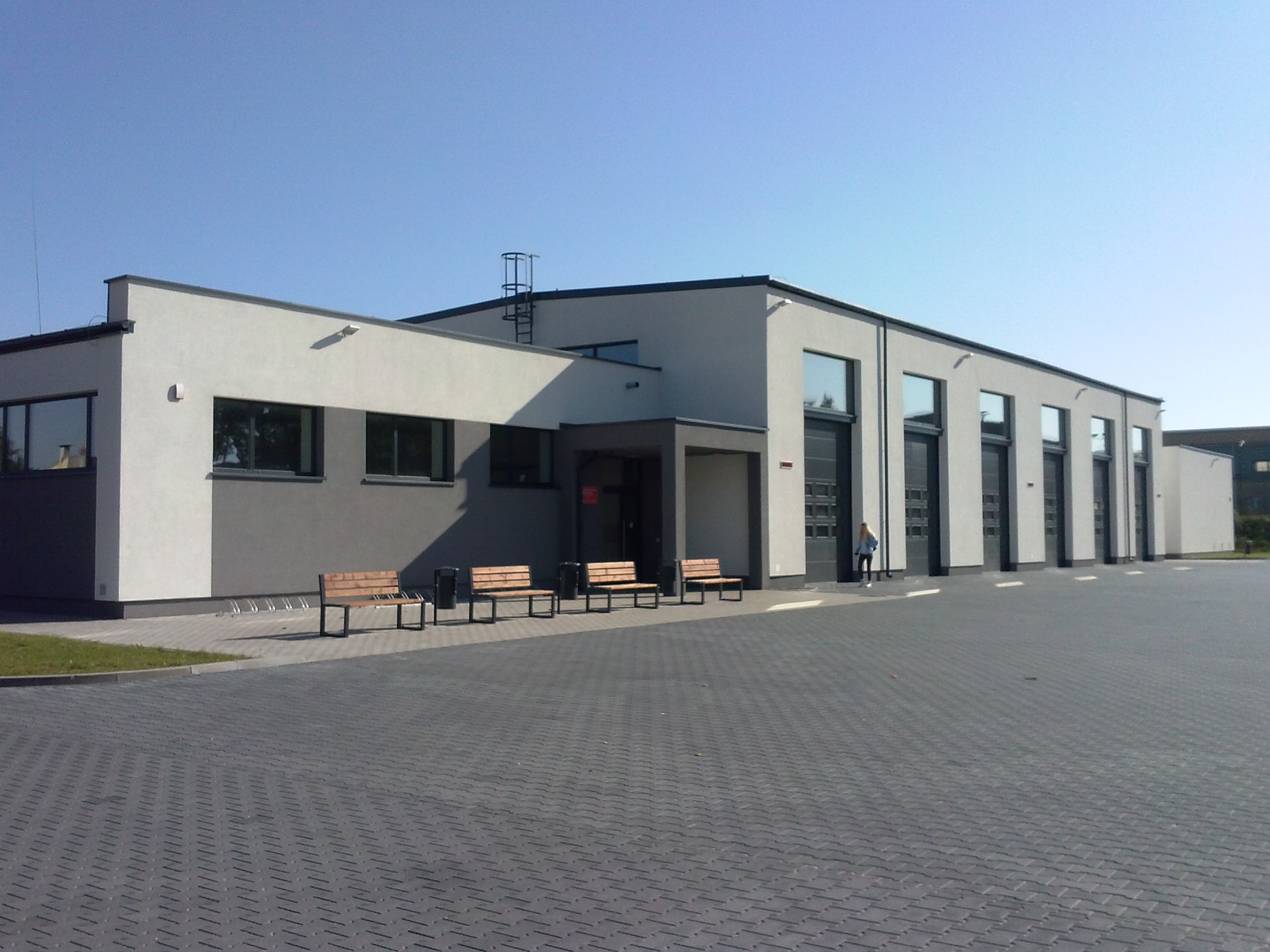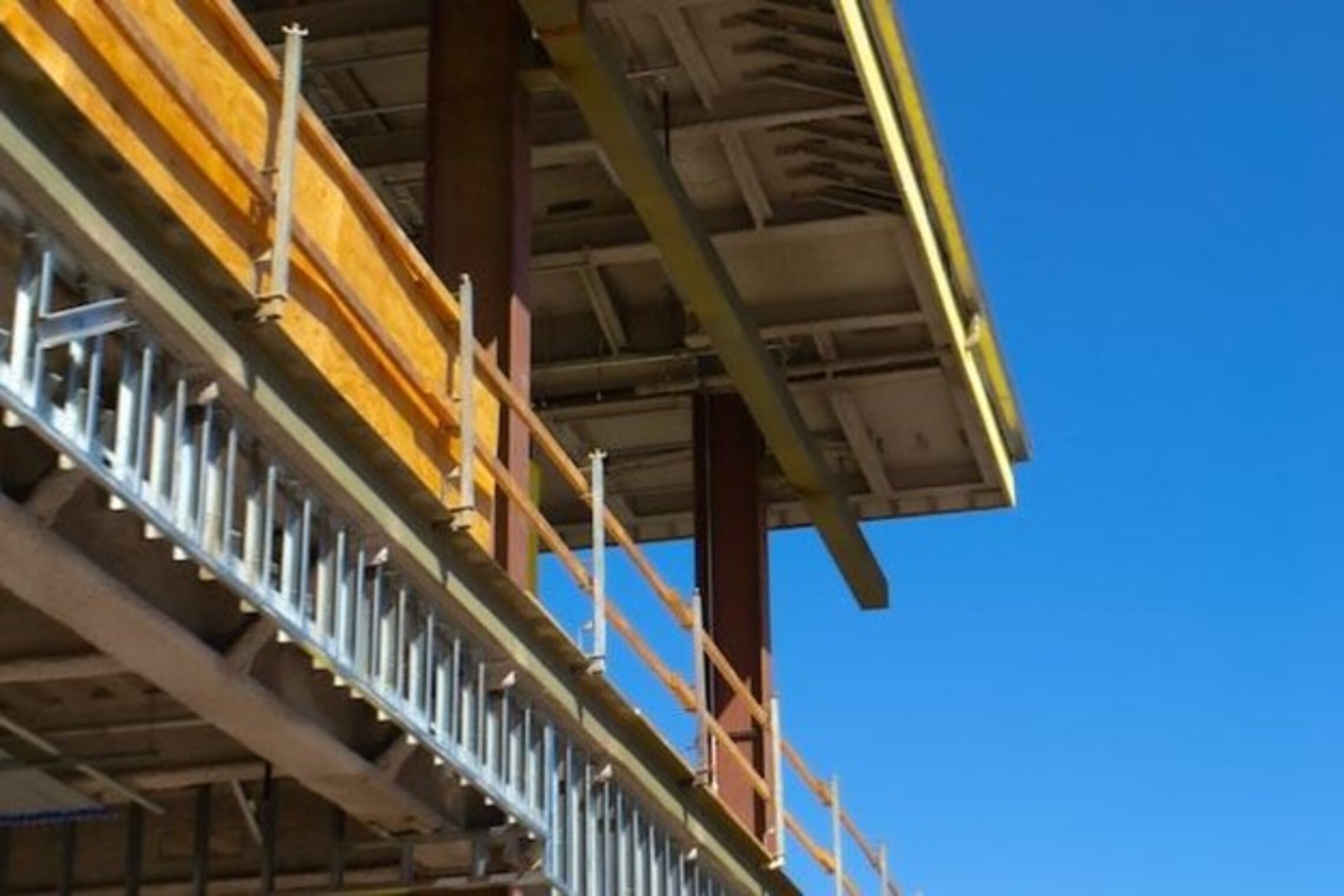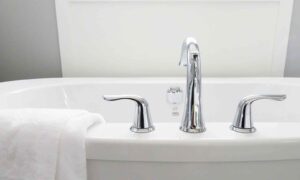Flat roofing poses an efficient and economical design for commercial structures serving primarily to maintain a watertight seal and retain the overall integrity.
Over the last several decades, the materials selections have expanded, and there has been a surge in the number of commercial buildings incorporating the low slope solution in their design.
While the concept isn’t a new one, neither are the materials that have proven themselves durable and capable of standing the test of time. These cover what are expansive surfaces found often in warehouses, apartment complexes, universities and colleges, factories, and public establishments.
Generally, the sort of material used for the building will be determined by a few variables, including the extremeness of the climate, whether there will be heavy foot traffic or other abuses, and the structure it will sit on.
Commercial roofers remain current on technological innovations to recognize solutions for particular projects. In the current market, products with increased resistance to climate extremes plus environmental efficiency are making an entrance allowing savings in energy costs, among other advantages. Click for details on the different types of flat roofing material choices.
What Are The Varied Types Of Commercial Roofing Materials
A flat roof or “low-slope” roof is standard for commercial buildings, particularly warehouses, shopping malls, and factories, with specific materials used based on the structure.
Steep slope roofs are most commonly seen on multi or single-floor residential homes as opposed to commercial buildings and comprise materials specific to that pitch.
A flat roof offers an economical and efficient solution to any commercial property striving to retain the structure’s integrity and serve as a watertight barrier for the interior.
Roofing contractors incorporate an array of materials specific to flat commercial roofs based on the structure, extremeness of the temperature, potential for heavy foot traffic or abuses, and other variables.
With continuing innovations on the market, the materials are becoming more durable, capable of withstanding more abuse and extremes in climate. Let’s look at some examples of what roofers are currently using for flat roofing materials.
● The single-ply
The single-ply roofing system uses either PVC, TPO, or EPDM materials. These boast of being a durable albeit flexible and strong roof since they will “weather” well. That means there will be no peeling or cracking; these options are resistant. The primary characteristic of these is they are meant for single-layer installation.
The main categories that fall under the single ply are “thermoset membranes” and “thermoplastic membranes.”
● Thermoplastic Polyolefin (TPO)
A roofer in North America will likely use these materials for flat roofing. The highly reflective roof sheets are reinforced and display heat-welded seams. The single-ply system comprises “polymerized” rubber consisting of “ethylene-propylene and polypropylene.”
The material is categorized as a thermoplastic membrane with an array of color choices, with neutrals favored, including tan, gray, and white. Roofers use varied methods for installation, like mechanical ballast, adhering, or attaching.
● Polyvinyl Chloride (PVC)
A PVC roof comprises two PVC layers reinforced in the center with polyester scrim. UV-resistant additives are incorporated with the “top ply” to optimum membrane protection while the bottom is not as exposed. It will, however, consist of “plasticizers” meant to incorporate flexibility for ease of installation.
The PVC membrane counts “fire resistance, durability, and longevity” among its many benefits. PVC can create a watertight “seal” since the material is weldable to the adjoining sheet. The material is environmentally friendly in that it can be recycled for use with new sheets.
● Ethylene Propylene Diene Monomer (EPDM)
The challenging-to-understand term is a chemical compound best recognized for its incredible durability along with an elasticity. The roofing consists of a material with an unprecedented capacity for UV resistance even when in direct and constant sun exposure.
Claims suggest this is among the most sought commercial roofing currently being incorporated for low slopes primarily due to its affordability and “resilient strength.” The rubber comprising the roofing is a synthetic that consists of oil and natural gas. That membrane is one popular product worldwide.
● The modified bitumen
This roof consists of a special sort of “chemical polymer and asphalt” that gives it a resistance to extremeness in temperatures in any given location or climate and allows for incredible flexibility.
A roofer can install the material in layers a few ways, including “cold-applied adhesives, hot-mopped asphalt, self-adhesive sheets, and hot-mopped asphalt,” regardless of the temperature allowing year-round installation. A secure bond is created by melting the seams to join them.
These roofs are resistant to many waves of abuse, including storm damage, as they are rated from hail, fire, and wind.
● The built-up system
The build-up system boasts one of the earliest used on the market, in use for over 100 years, and can consist of as many as five layers for extra protection. That’s particularly in climatic extremes where temperatures range vastly. The secret to why the system sees timeless success is the repeating layers.
If one of these fails, the other layers provide the necessary protection. The system is recognized for exceptional long-term toughness with the capacity to tolerate “thermal shock resistance and structural tension.”
It is resilient to heavy foot traffic, puncture resistant, exceptional fire resistance, and offers a range of advantages meant to meet the many needs a property brings.
● The Liquid Applied
A liquid-applied roofing membrane is either applied with a roller or spray application with one coat and then a separate one. The roofing is built in place with a “reinforced polyester and resin.” The capacity for being waterproof is optimal since the material reaches any tricky areas that other applications might not be able to.
The way this roof is applied is noninvasive as far as being a disturbance, plus there are harsh odors. If a business needs to continue operations while the structure is built, there’s no distraction.
● Steep slope roofing
A steep slope roof uses materials suited for slopes of a “3:12 or higher grade.” These are most commonly seen with residential homes. Still, there are occasions when commercial structures will often incorporate a steep slope because the feature is a design element that could be seen as part of a university or hotel’s architecture.
This sort of slope will dictate the material that a roofer can use, which can range vastly from metal to an array of shingles to tiles and on.

Final Thought
Commercial properties, especially those of a significant size, tend towards the flat or low-slope roofing structures. These offer a degree of efficiency and an economic edge that other designs can’t, whether you have a warehouse, factory, shopping mall, or other significant commercial building.
A roofer with commercial roofing services will determine the material to use for a specific property based on the structure, the climatic extremeness, the potential for heavy foot traffic and other abuses, and other variables.
The idea is that the roofing system extends the lifespan of the structure it’s protecting. The interior’s integrity is at risk without a practical, functional roof. For business owners facing challenges with their property due to a potentially faulty roofing structure, it’s wise to reach out to a professional roofing contractor for an inspection and guidance on the appropriate materials to use for adequate protection.








